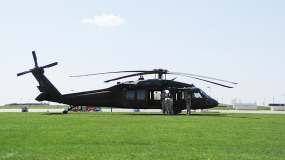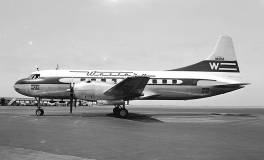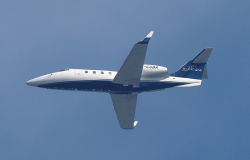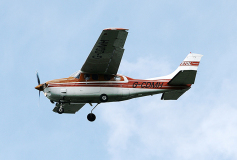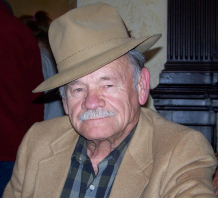No products in the cart.
Midair Collision
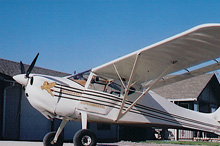
They Never Saw It Coming
By John M. Larsen
One day in 1969, I was driving down State Street in Boise, heading for my home on O’Farrell Street, when an emergency vehicle sounded a warning as it came up behind me. I pulled over, the truck went by, and it turned on 5th Street. I followed it, and soon came upon a Cessna 210 D that had smashed into the street. The airplane’s twenty-foot-long fuselage had been squashed to about six feet long when the plane dove straight down into the pavement.
At the time, I was working in Boise as an insurance claims investigator but shortly before then I had been an engineer with Boeing Aircraft in Renton, Washington. I saw that one wing on the wrecked plane was folded back, which meant before the crash it had had only one functional wing, which would have caused it to spin down like a lawn dart. The wrecker moved the remains of the fuselage, which exposed the badly mangled bodies of two Oregonians, the pilot and his passenger.
I drove to my house, beyond which smoke billowed in the opposite direction of the crash, up Horizon Drive. I followed the smoke and discovered it came from the remains of another aircraft, this one a Beechcraft Model V36. The plane, which had four Boiseans on board, had collided midair with the Cessna.
It had lost about half of its left wing, and it was obvious to me the pilot had been trying to stay in the air by running the engine full throttle. It would have been going faster than 110 mph when it bellied into the hillside. Both these wreckages were about one-quarter mile from my house, the Cessna to the west and the Beech to the east.
The men on board the Beechcraft all died. To me as a pilot, one of the saddest aspects of this second crash was the impact had crushed the cockpit to such an extent that only one of the four could escape the plane. But the feet of this sole possible survivor were mangled, which forced him to try to crawl away from the front of the plane to safety. The ruptured fuel tanks spread the fuel ahead of the plane. If he had crawled to the side or to the rear, he might have had a chance to live.
I thought of this tragedy when I read a headline late last January about a midair collision over the Potomac River between a regional jet and a Black Hawk helicopter that claimed sixty-seven lives, making it America’s deadliest air accident in almost a quarter-century. A day later, a two-engine Learjet 55 crashed in a Philadelphia neighborhood, killing seven and injuring about twenty-four people.
Those crashes would seem to have little in common with the long-ago Boise collision—but I wonder about that.
Beechcraft. Courtesy John M. Larsen.
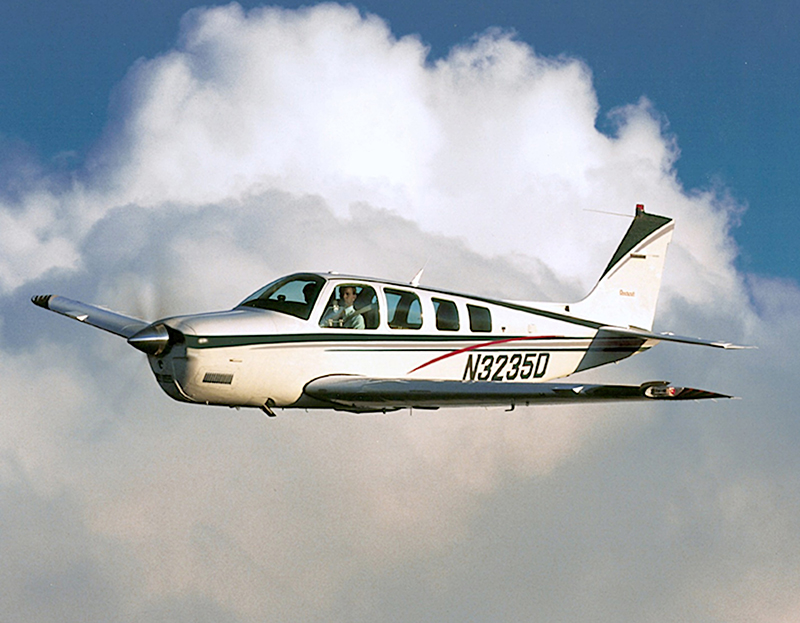
Blackhawk helicopter. Tracy Dekalb, CC-By2.0.
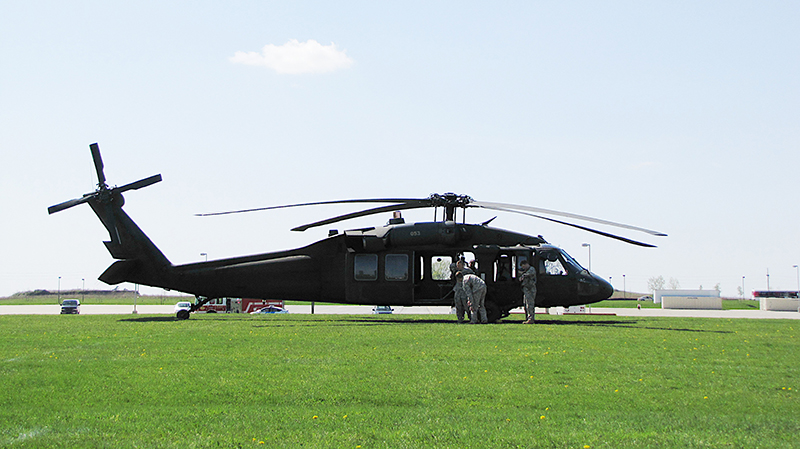
Convair 240. Bill Larkins.
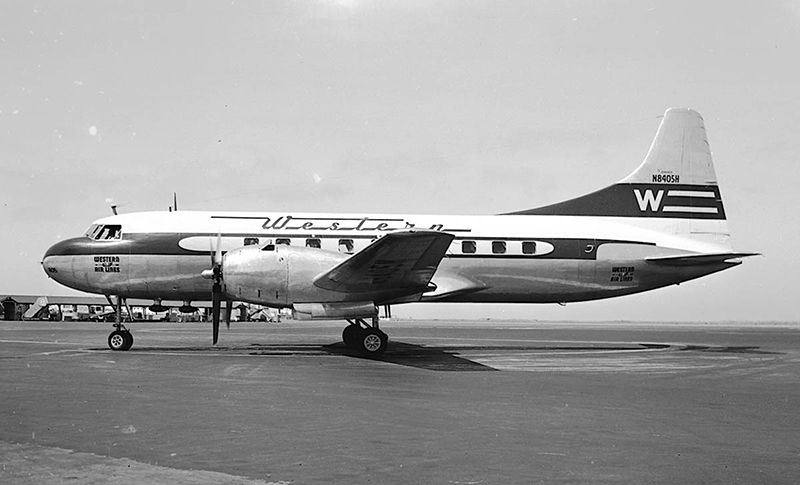
Learjet. U278, CC-By2.0.
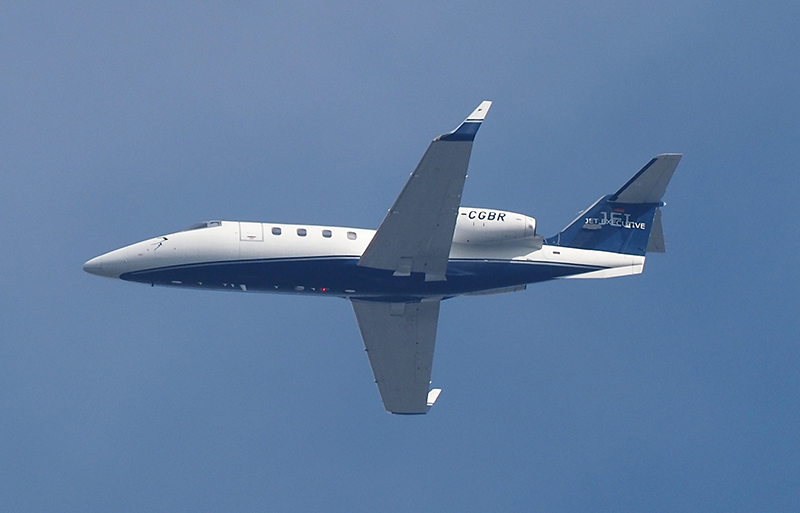
The author's Airdale. John M. Larsen.
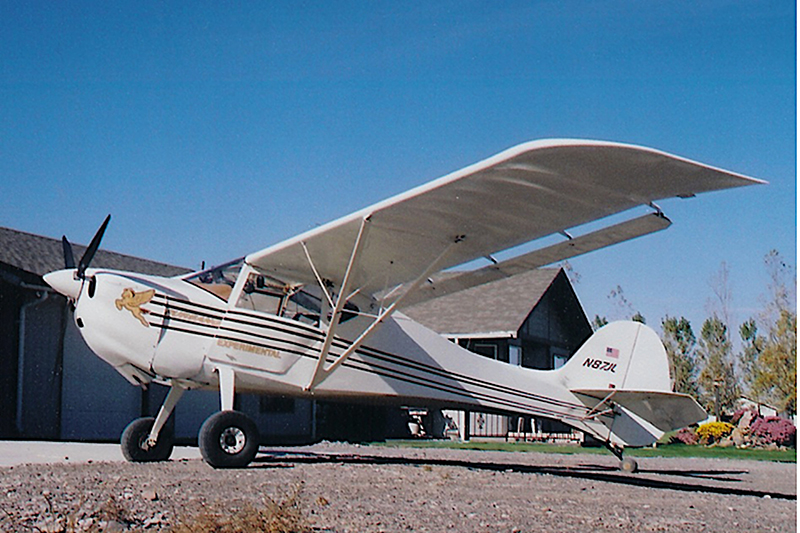
Cessna 210. Rob Hodgins, CC-By2.0.
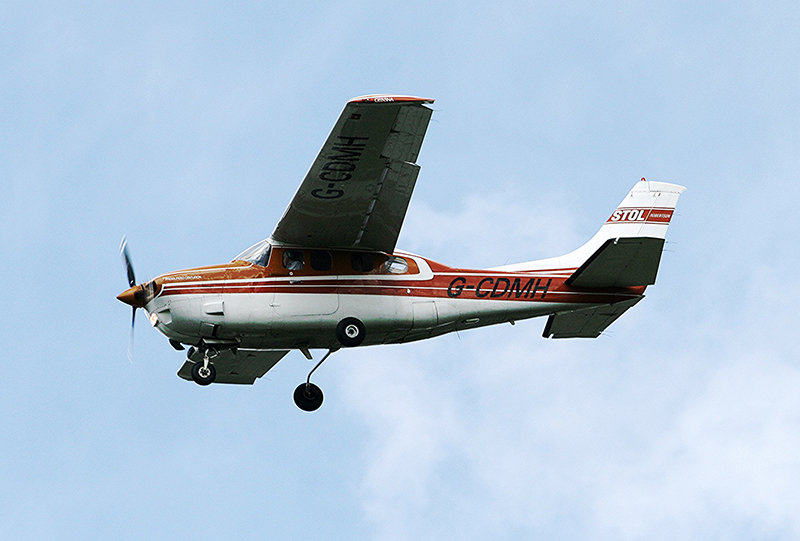
The occasion that prompted the Boise crash was a breakfast fly-in at a private airstrip near the Blaine County community of Picabo. The pilots and occupants of both planes had attended this happy get-together and were returning to Boise. If there was anything good about the crashes of these two planes, it was that they did not take the lives of others on the ground. The Cessna ploughed into the street right in front a daycare facility and the Beech crashed alongside houses on Horizon Drive, but nobody else was hurt.
Just as in the Boise crash, the Learjet dove into the street, killing the pilot, five passengers, and one person in a car. In that incident, the plane came in at such a steep angle that it could not pull up and avoid the accident. The impact smashed the plane and its passengers into fragments. As I wrote this story in February, the cause of the crash was still under investigation.
I didn’t fully appreciate how such accidents could happen until I became a pilot and racked up about twelve hundred flying hours before I sold my plane. If there is a common thread that runs through such crashes it is likely lack of proper communication, which can lead to operator error.
Once, during a return flight from Oregon to the Sunrise Skypark along the Snake River near Melba, I had an unforgettable experience of that type. A mile away from the airstrip, I announced my intention to land. I radioed again when I was turning downwind, and then again on final approach to the runway.
I was descending at about 55 mph when a Mooney Ovation plane swooped into view at the opposite end of the runway, going about 150 mph. Instantly, I dove down and the plane went over my head. I didn’t even have time to get scared. I later learned that the pilot, who owned the plane, was trying to impress a new customer, and never even saw me.
The main problem here was that the radio frequency I was on for Skypark was common to any airfield in the area except the Boise field. The other pilot didn’t realize his radio was still on the frequency used at Boise airfield rather than the Skypark frequency, and he didn’t think to look for other traffic.
In the case of the collision between the Black Hawk and the airliner, it seems the chopper was either holding at altitude or, more probably, was climbing as the airliner descended at a much faster speed on its final approach to the landing strip. Data later showed the helicopter was at a significantly higher altitude than its prescribed flight path.
The cockpit of the airliner is located on the top front, which means the pilot could not look down to see if anything might be approaching below him. Also important is that the helicopter has the large rotors spinning over and behind the pilot’s head, which prevent him from seeing whatever might be above and behind him.
Usually the control tower would track these movements on radar and warn the pilots of the other craft’s flight path. They would guide them out of harm’s way. For some reason, this process did not happen. There has been talk of the control tower being understaffed, which might suggest nobody was sufficiently monitoring the flight paths of these two aircraft.
Once when I was flying a plane of my own design from our cabin at Cascade to Nampa Airport, I heard a faint transmission over the radio of a plane announcing its intention to land. Nampa had no control tower, so I had to listen on the radio to find out if other planes were nearby. The signal on this day was so faint that I figured the plane was landing at Twin Falls or some other faraway airport, and I didn’t give it much thought.
I turned into my final approach, lined up, and was descending onto the runway when a Cessna 182 appeared below me. It was directly underneath my landing gear, and clearly intended to land on the same runway. I immediately added power and pulled up out of the flight path.
I was flying a high-wing plane and therefore could look down see him under me. His Cessna also was high-wing, which meant he could not see me even if he had looked up. He didn’t know I was there, although I had announced my final approach on the radio. We later learned that the final amplifier had failed on his radio, which was why we couldn’t hear each other.
In the 1969 Boise accident, the low-winged Beechcraft was descending and collided with the high-winged Cessna. This meant they never saw each other before impact. Less than one minute after colliding, both planes crashed.
What we know so far about the Learjet is that it crashed shortly after takeoff from the Philadelphia airport. In somewhat inclement weather, the plane climbed to 1,650 feet. Something went wrong, the radio transmission ceased, and the plane crashed forty seconds later, going 278 mph.
This summary of the accident suggests that the plane might have been climbing at an angle so acute that the plane stalled and could not recover in time to save the flight. I once saw this happen at a fly-in at Alvord Reservoir in Oregon. On that day, pilot error was the cause of a fatal crash, when he tried to climb at an angle that was too steep.
Of course, I can’t say that’s what happened in the case of the Learjet. But I do think the Boise accident most likely would not have occurred today, because the Boise airport now has a radar tracking system to monitor flights. The control tower operator would have warned the pilots of the other’s proximity in time to avoid the collision.
This content is available for purchase. Please select from available options.
Purchase Only
Purchase Only


